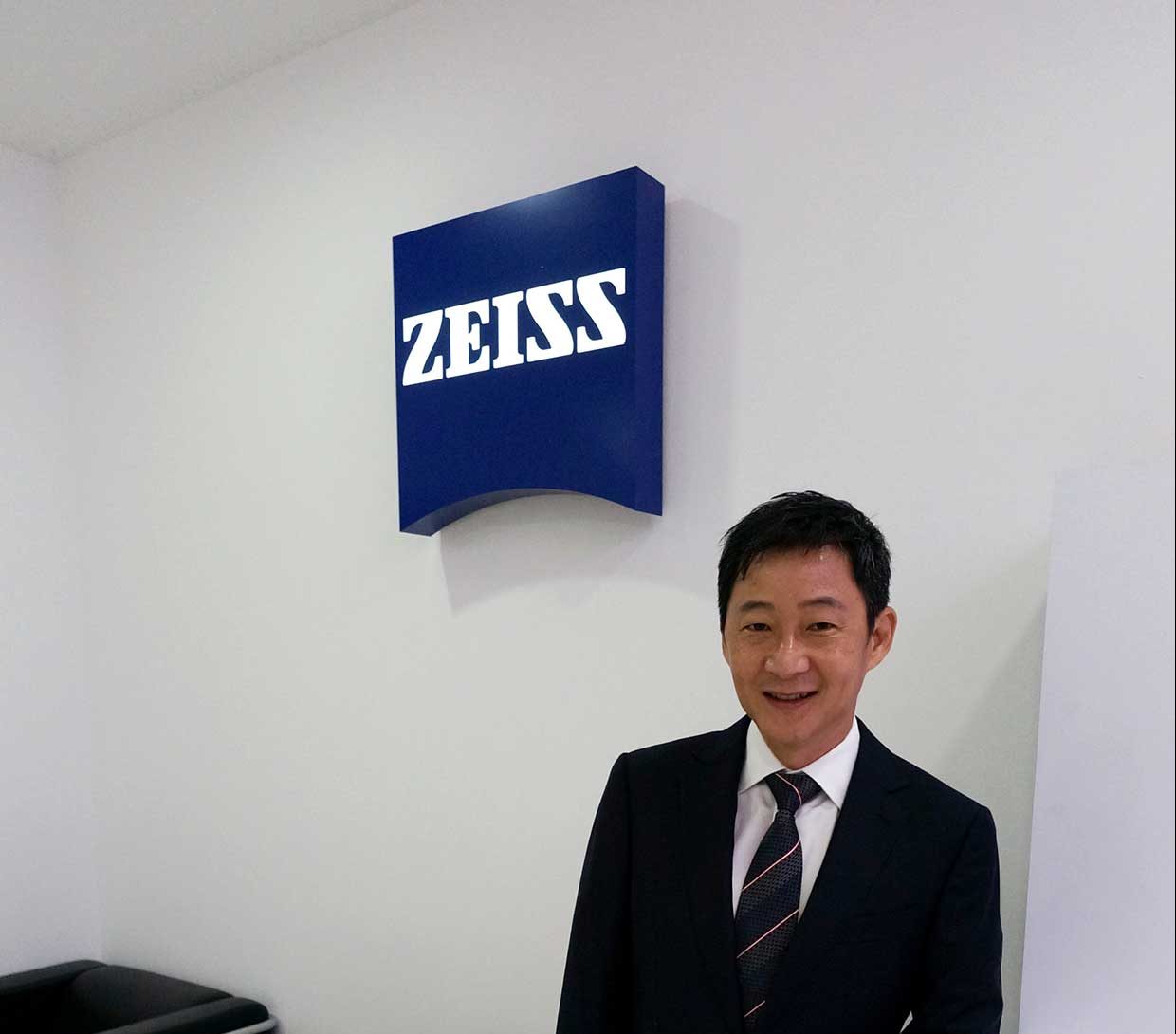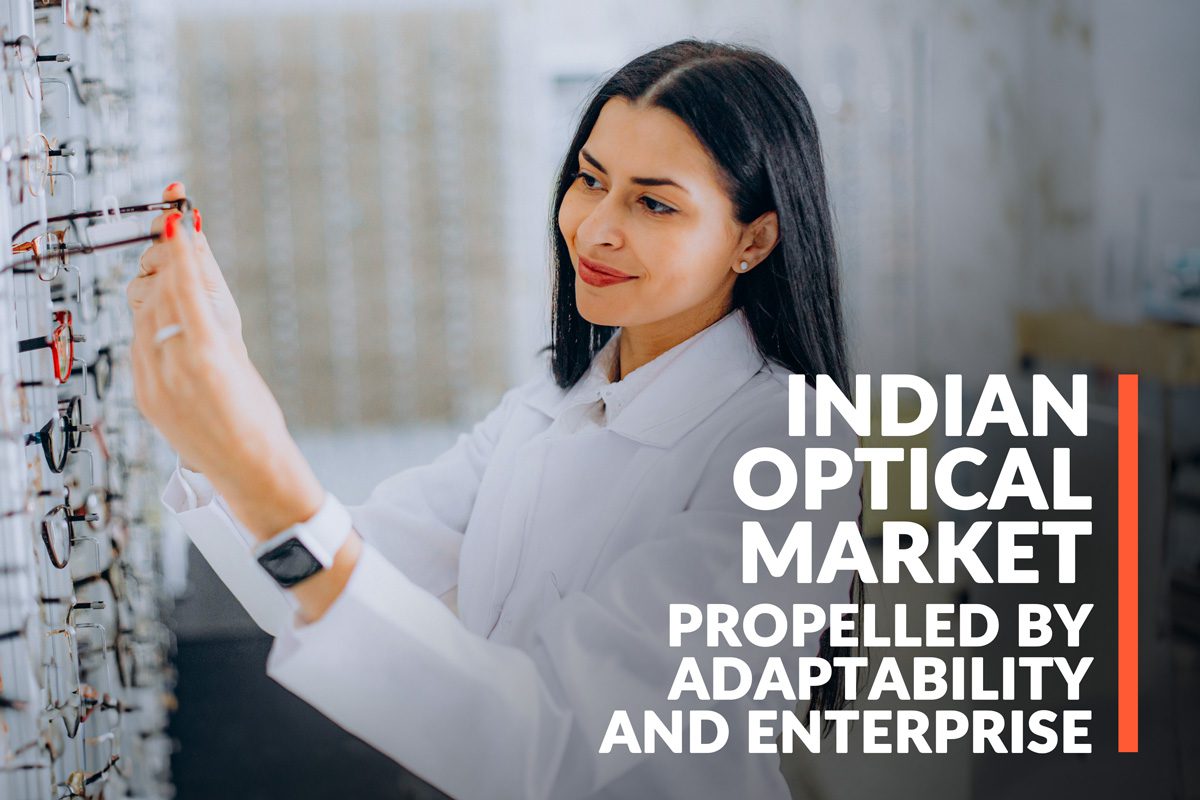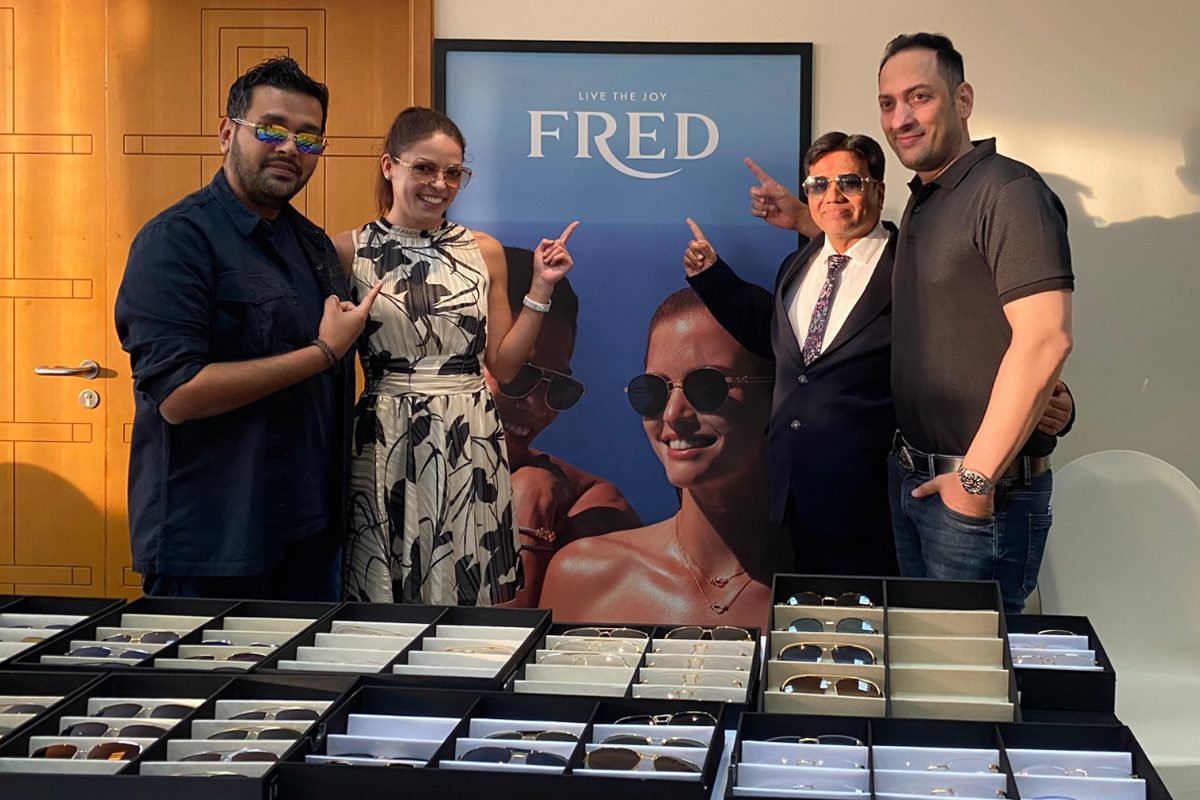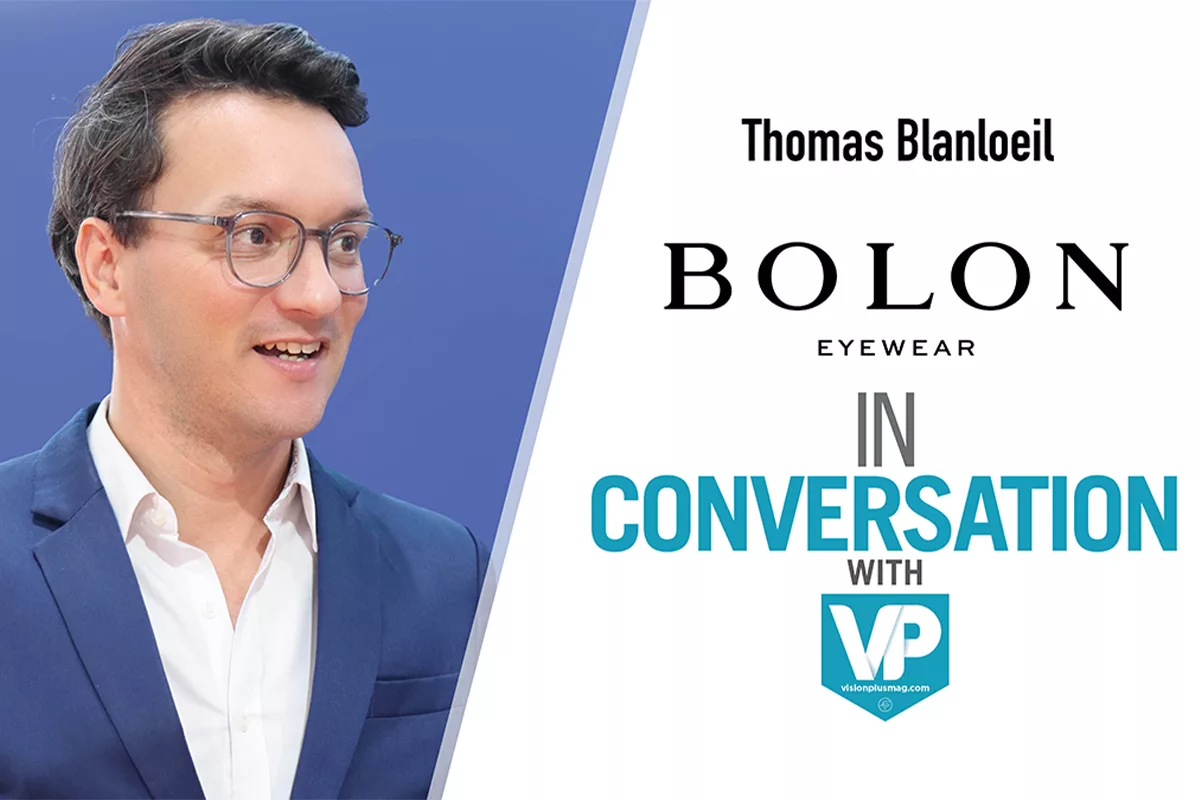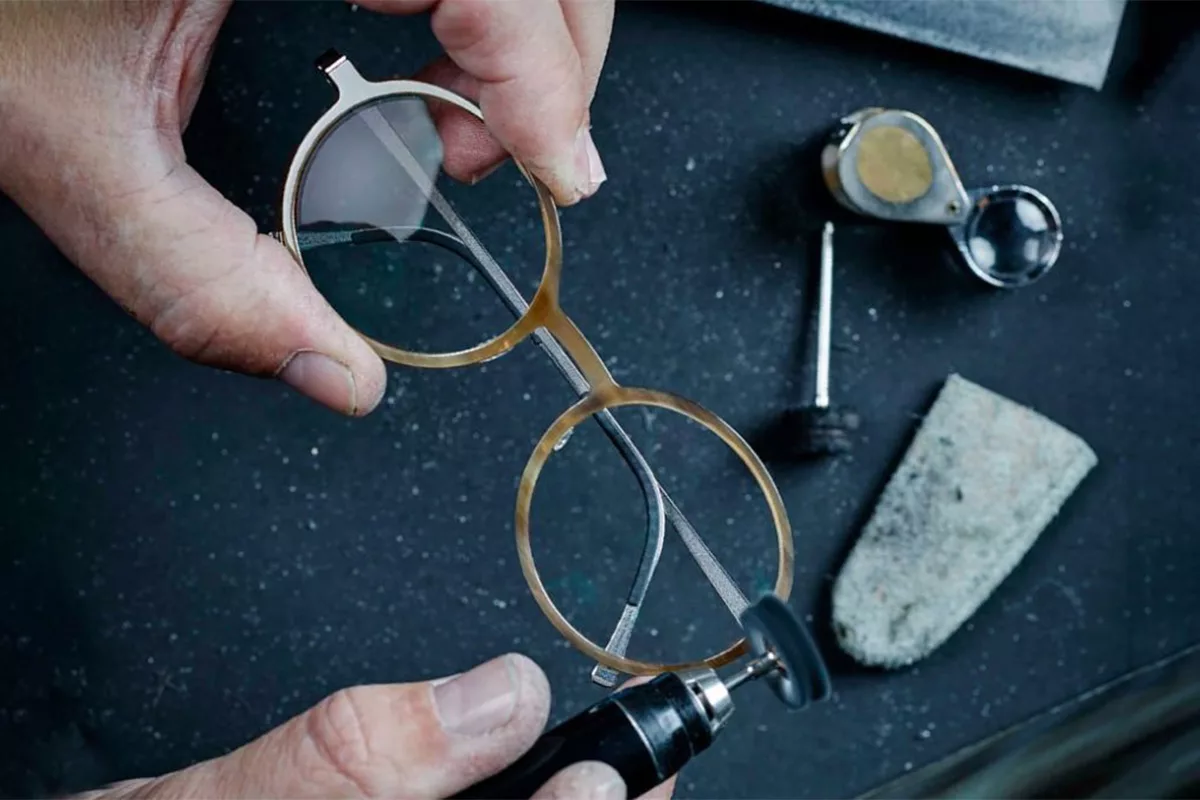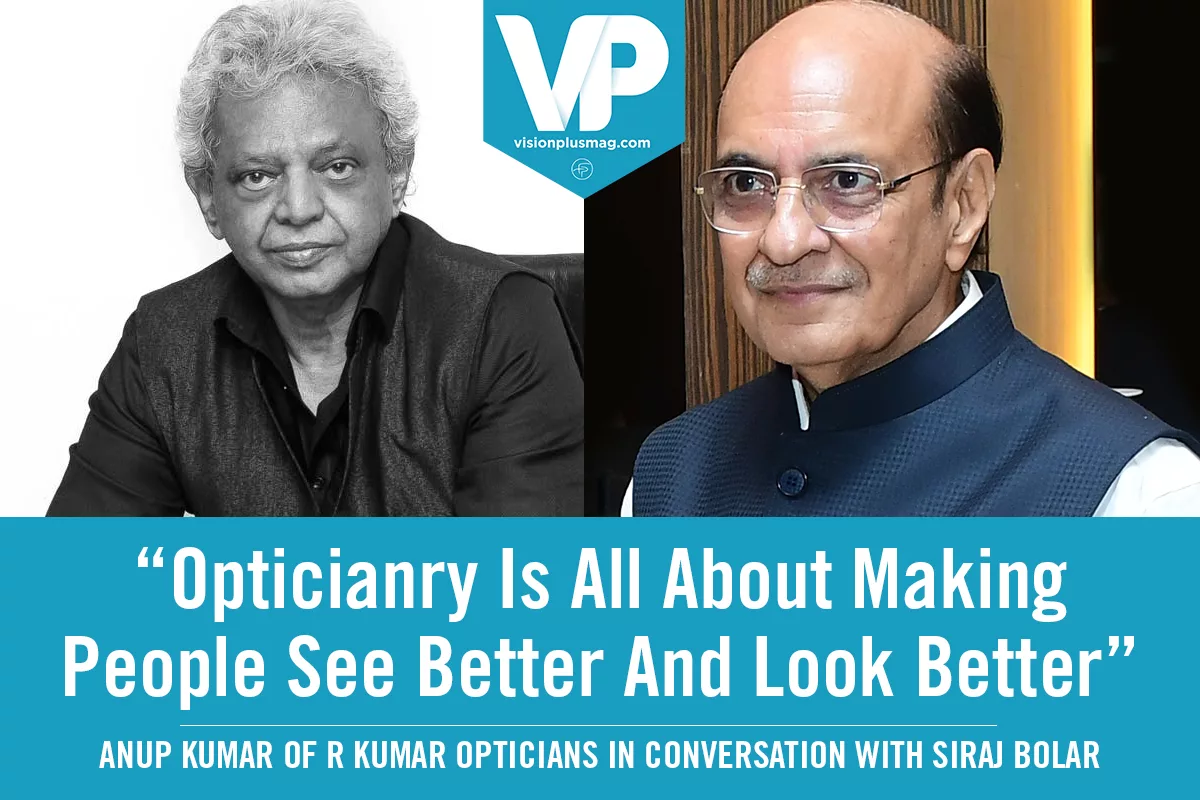Some interviews are merely official, they are more of a conversation with people who love their jobs and are striving hard with every step to make betterments in the company. Meet Ng Han Peng, General Manager, Carl Zeiss Vision Singapore Pte Ltd who is determined to make ZEISS number one, and VisionPlus wanted to know how.

VisionPlus (VP): You’ve been with ZEISS for just a little more than a year. What would you say makes your experience here different from the rest?
Han Peng (HP): ZEISS is very different indeed. I think this company is different than many other companies. I have never seen a company so obsessive, possessive, enthusiastic and protective about their brand.
I think, Zeiss brand is the company’s biggest asset and they want to leverage on what it stands for, what it promises and delivers and use that to make a difference in the industry they are in and to drive the business. That is why they are very protective and obsessed about how the brand is being portrayed across the world. So, that is the difference. Many other companies, focus more on driving numbers. They have a company brand and they have product brands, and much of the focus is on product brands. They focus on what the product delivers. However, ZEISS has a real mission and the foundation that owns ZEISS is all about how to improve optics in vision.
VP: Your profile at Carl Zeiss requires that you lead from the front? Any formula that you use to inspire or motivate your team?
HP: Yes, it is no secret on how I do things. Firstly, I hire good people, who are smart and self motivated, want to achieve and are intellectually agile. And after that it is easy, as smart motivated people only need a vision to subscribe to and to believe in. This is how I have been operating so far, and it has always worked. And since they are intelligent, they don’t do whatever you say, which is good. It is more effective to sell them a vision, but when you are selling it, you have to make sure that it is inspiring and aligned with their own goals.
VP: How would you say are the peculiarities in the SE Asian market compared to other parts of the world? Which are your key countries in this region, and how does each country here compare with the other?
HP: I got my first opportunity to handle Middle East some years back with my previous company. I have never been a part of that world, so I thought it would be a big challenge for me. But after 6 months in that region, I realised that it was all the same. The motivation of the customers, the consumers, they are generally the same but the culture is different. Similarly, SEA markets are similar in those aspects.
Very diverse culturally. The main difference obviously, is the different level of development of the markets, some markets are more developed and the others are underdeveloped. The developing markets have different infrastructure, so you have to deal with them differently, the talent pool that you get is different in developed and developing countries, and both have their challenges. And then you have to deal with the differences in the political, regulatory and legal framework.
Southeast Asia and some of the markets are higher in terms of the corruption index. This is reported globally. So you just have to learn how to manage within that. As MNCs, our hands are a little bit more tied as we can’t do as much as some smaller companies. But you know, the fundamentals don’t change for the brand, it is to drive the business by adding value to your customers, good performance of the products with high value propositions to the opticians and if those fundamentals are taken care of, then it usually does work.


HP: Singapore is very different with the other SEA countries, and it is very competitive in the optical trade. And right now we (the Optical trade)are going through a few structural changes, because operating costs are high such as rentals and cost of labour.
This is because Singapore is a small island with very limited land and the population is growing with the government allowing immigrants into the country. So this drives the demand for housing, for cars and for most things, and as a consequence, drives up prices and consequently the operational costs. As a result of which we have become less competitive in prices, in comparison to what we used to be maybe ten years ago.
The other markets in southeast asia however, are growing, like Philippines, Vietnam, Indonesia, who are basically catching up. Then there are demographics, level of education, growing affluence, people there are becoming more aware so they are willing to spend so there is a growth opportunity.
The few markets I mentioned have lot more opportunities because of organic growth coming from infrastructure and all the macro, mega trends. They are only held back because the political situation is not as good.
VP: The last few years have been challenging for the SEA optical market i.e., the prices have risen and on the whole there is a lot of competition. Has this affected ZEISS and if so in what aspects?
HP: Yeah, the only markets that are suffering are Singapore and Malaysia, and to a certain extent, Thailand too, because of the political instability some years back. But mostly, I see opportunities in SEA, because the market is polarizing. We have a proliferation of cheap stuff filtering in, but then because of the growing affluence, consumers having greater knowledge about the category as a whole, they are willing to pay for and they know the difference in what they are paying for. and ZEISS being a high quality brand with good quality products, this gives us a good opportunity.
So overall, the SEA market is growing. You have the lower end market that is driving unit growth and making it more affordable for consumers who previously could afford to buy one pair and now, they can afford two pairs, and then the other end with the more affluent ones who are quality driven, and who are willing to pay more.
VP: You had come up with the Zeiss Concept Stores. How successful has that been and what are the challenges that you faced in this regard?
HP: I don’t have the numbers globally but in south east asia alone we have close to 10 stores and you know, except for Singapore, where the cost structure is very different and t decision making is different, in other parts, like Indonesia and Vietnam, it has been very successful.
We have this store at one location, I think Plaza Indonesia and at one level they have 6 optical shops there including one that was owned by our distributors in Indonesia where they opened up the ZEISS experience store at the same location, next to their own store, making it two of their shops at one location. Not only did they not cannibalize their existing stores revenue but in less than 6 months the ZEISS Experience store gave them an incremental 150 percent revenue more than of their existing store.
So that shows this is a proposition that the opticians want and that the target market is very different from the existing optical shops. When you look around they all look the same. But this is all about the image that we portray and most importantly it is about the workflow, the professionalism and the customer experiences the ZEISS experience the minute they walk in, the questions that we ask, the analysis we do, and the machines they go through to the end product which is the ZEISS lens, the experience is consistent, professional and it just delights the customer.


VP: What is your vision for Zeiss in the next 5 years? What are the changes that you are going to bring in?
HP: I think if you ask any lens manufacturer, they will tell you the same thing; that is to enable our Opticians to provide a differentiated experience for their patients. The difference with ZEISS, is that it is in a better position to execute it better than anybody else. The optical retail is going through a disruptive period.
Everybody is looking at the frames, and how good those frames look on you. Everybody wants to spend more on the frames than on the lenses. When you analyse it deeper, the original concept of an optical retail store is to help you see good rather than look good because you go there to have your vision corrected.
Then somehow along the way we got diverted to fashion, it became the primary focus and somewhere in between, the lenses took a back seat. I think this is going to change because you see in Singapore and around this region,the entrance of the fast fashion Optical retail stores are offering consumers with convenience, transparent pricing, quick delivery from cheap sources that do not claim that they will give you the best quality
optical vision.
So my vision for ZEISS for five years is how can we help our customers evolve and deal with the changing times and to differentiate themselves from these cheap convenient shopping and give them an alternative business model with higher value add for their patients, offering them with quality, precision and innovation.
Plus we also have the ZEISS DNA, where different divisions born out of our excellence and innovations in Optics, applied across different industries; Vision; Consumer Optics (camera lenses); Microscopy; Industrial Metrology; Medical; Semiconductor Manufacturing Technology, Vision benefits from all the innovations in all these other divisions and we leverage on these innovations to help our customers differentiate with innovation, quality and service. That’s my vision for ZEISS Vision in SEA and for our customers.

